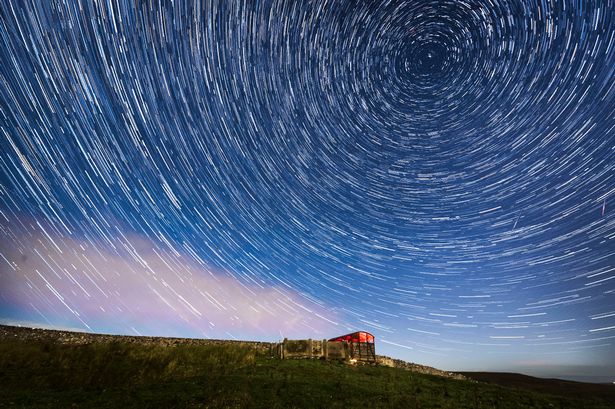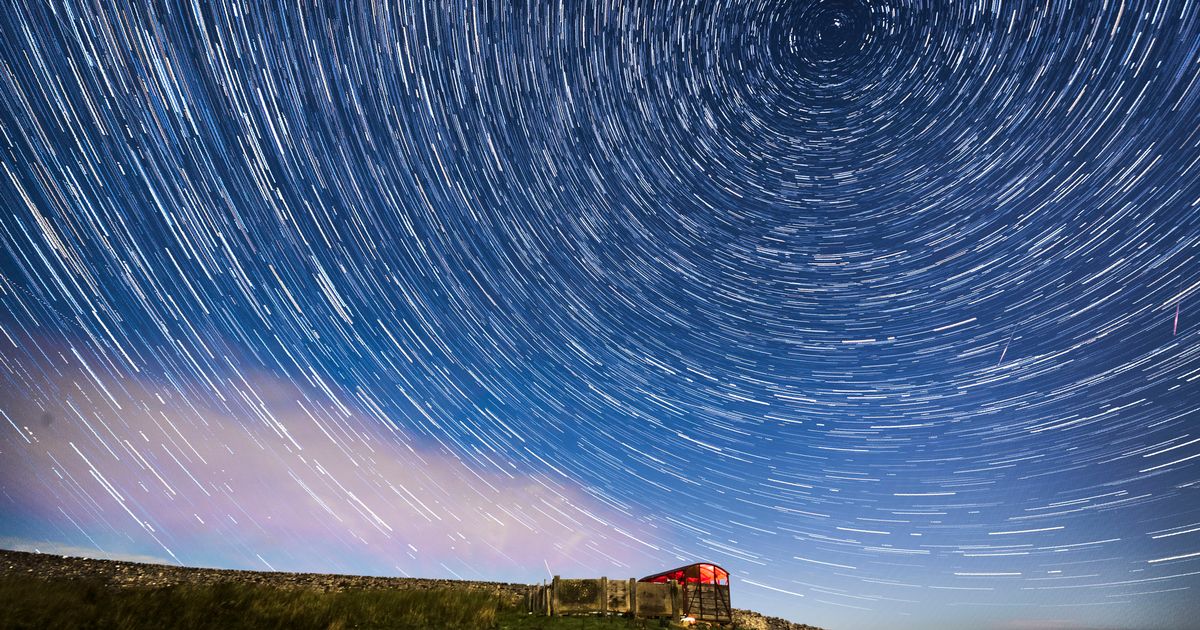Queen’s University expert gives his top tips for getting the best view of the dazzling display Perseid meteor shower(Image: Danny Lawson/PA Wire)
Perseid meteor shower(Image: Danny Lawson/PA Wire)
One of the most spectacular annual celestial events will light up the night sky in Northern Ireland this week, as the Perseid meteor shower reaches its peak. From August 11th through August 13th, stargazers across the country can hope to catch dazzling streaks of light as up to 60 meteors blaze across the sky every hour under ideal conditions.
The Perseids are caused by Earth passing through debris left behind by the Swift-Tuttle comet, which orbits the Sun approximately every 133 years and was last seen in 1992. When tiny fragments of this debris enter Earth’s atmosphere at high speeds, they burn up and create the bright streaks of light we call meteors, or more commonly known as shooting stars.
The meteor shower has been active since mid July and will continue until late August, but the peak nights remain the best time to watch.
Here is everything you need to know to catch a glimpse:
What Are the Perseids?
The Perseid meteor shower has been observed for nearly 2,000 years. It takes its name from the constellation Perseus, where the meteors appear to radiate from in the sky.
During the peak, Earth crosses a dense patch of comet debris, resulting in up to 60 meteors per hour visible from dark locations. These meteors travel at speeds around 130,000 miles per hour and often leave glowing trails behind them.
When and Where to Watch
The best time to catch the Perseid meteor shower in Northern Ireland is between midnight and 5:30 a.m., when the sky is at its darkest and the show is at its peak.
For the clearest view, head somewhere away from city lights and street lamps. Think countryside spots or dark parks anywhere with as little light pollution as possible.
No need for fancy equipment either. Binoculars or telescopes can actually make it harder to catch the meteors since they narrow your view. Just grab a blanket, lie back, and look up.
Give your eyes around 15 minutes to get used to the dark and try to watch for at least an hour. The meteors tend to come in quick bursts, so a bit of patience will pay off.
Expert Advice from Queen’s University Belfast
Prof. Alan Fitzsimmons shared insight into why the Perseids stand out:
“We can see several meteor showers each year from Northern Ireland, but the Perseids every August is one of the best because of the number of shooting stars and the chance of good weather. Other good meteor showers occur in December and January when it tends to be cloudier!”
He explained the best times and locations for viewing in Northern Ireland. “You can start looking for the meteors as soon as it gets dark anywhere in Northern Ireland. You won’t see much in the middle of a town, but the darker the sky and the fewer nearby lights, the better. The best nights will be Monday and Tuesday night. Unfortunately, it’s a nearly full Moon, which will drown out the fainter meteors, but wait for 10 minutes and you should see one or two.”
Prof. Fitzsimmons also offered advice for first-time meteor watchers: “You don’t need a telescope or binoculars. Sitting on a reclining chair or even on a blanket on the ground is best. The shooting stars are very fast streaks normally lasting less than a second. If you see a slow-moving star taking 2 to 3 minutes to cross the sky, that’s a satellite!”
Weather Update
According to the Met Office, “The overnight forecasts for Northern Ireland over the next couple of days show a similar theme, with a likely mixture of clear skies, and some patchy cloud at times. Any cloud that does develop overnight should still give the potential for some good viewing conditions at times, as much of it will be patchy in nature, with plenty of clearer spells overnight over the next few days.”
Wrap up warm, find a dark spot away from city lights, and enjoy one of nature’s most stunning nigh time shows. Even with moonlight interference, the Perseids offer a magical spectacle for anyone willing to look up.
For all the latest news, visit the Belfast Live homepage here and sign up to our daily newsletter here.
